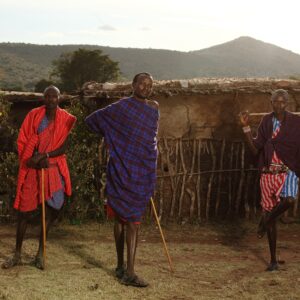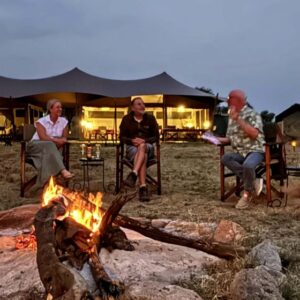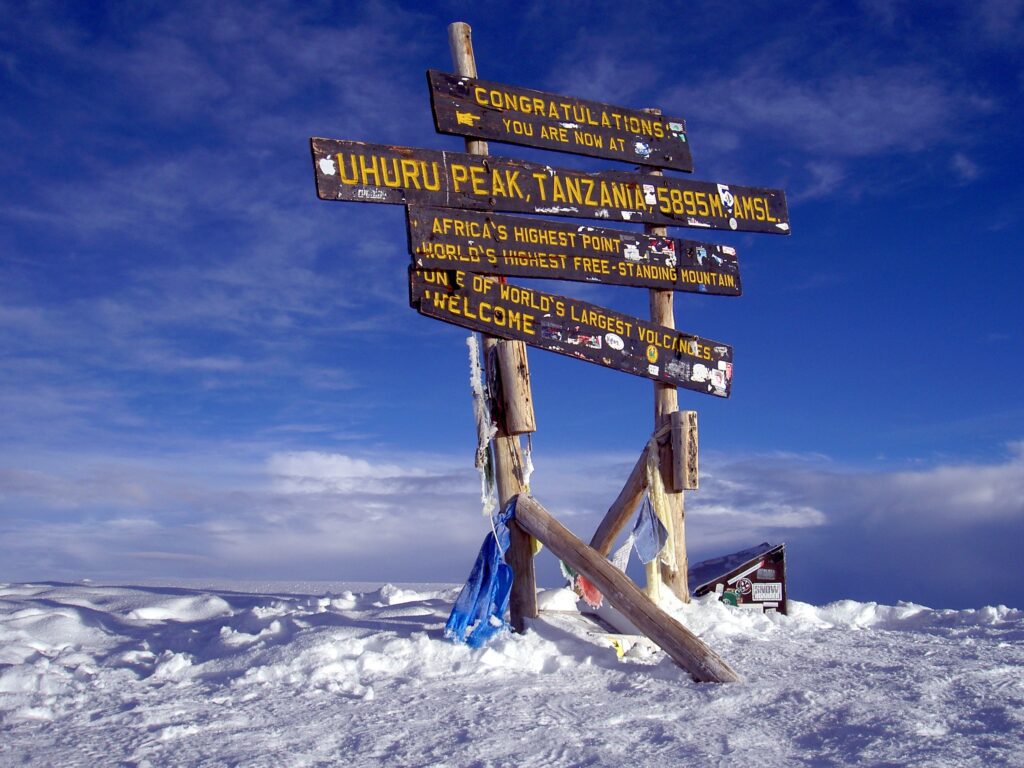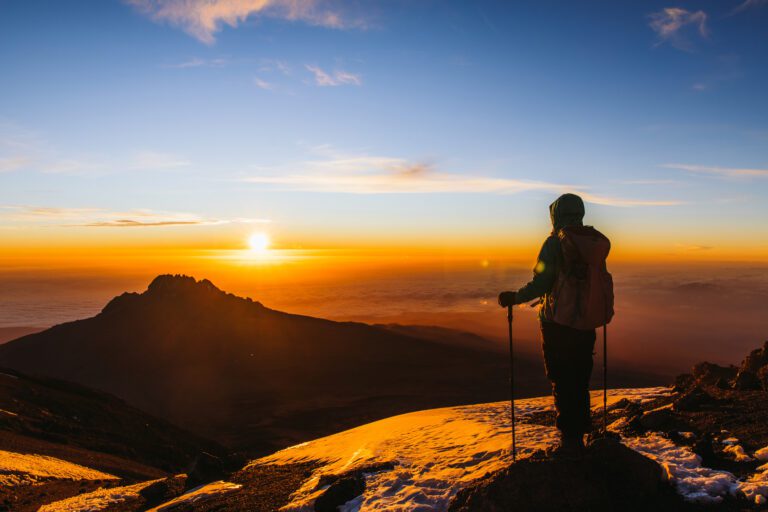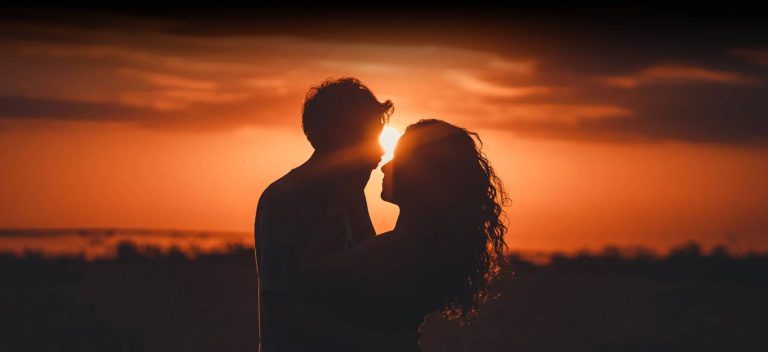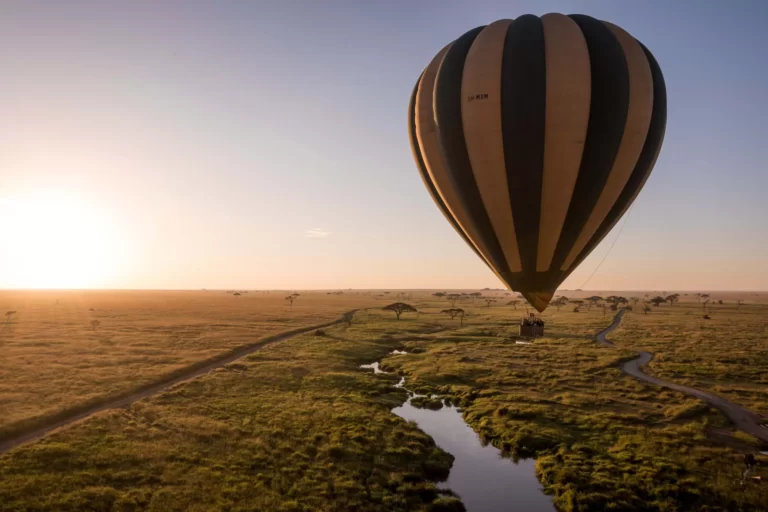Mount Kilimanjaro, the majestic peak that dominates Tanzania’s skyline, is a dream destination for adventurers and nature lovers alike. Standing at an awe-inspiring 5,895 meters (19,341 feet), it is Africa’s tallest mountain and the world’s highest free-standing peak. But beyond the physical challenge, Kilimanjaro offers an experience that, with the right preparation and mindset, can be thoroughly enjoyable. Here’s how to climb Kilimanjaro and actually savor every moment of the journey.
Choose the Right Route for an Enjoyable Experience
Choosing the right route is the foundation for an enjoyable climb. Kilimanjaro boasts several paths to the summit, each offering unique experiences and challenges.
Lemosho Route: The Scenic Choice: The Lemosho Route is renowned for its picturesque landscapes and excellent acclimatization profile. Over 7–8 days, you’ll trek through dense rainforests, across the expansive Shira Plateau, and ascend gradually, minimizing the risks of altitude sickness. This route is perfect for those who value both beauty and success rates.
Machame Route: The Adventurer’s Favorite: Often referred to as the “Whiskey Route” due to its challenging nature, the Machame Route is popular for its dramatic views and diverse terrains. Spanning 6–7 days, it takes you through lush forests, volcanic rock formations, and steep ridges, culminating in breathtaking panoramic vistas.
Rongai Route: The Quiet Retreat: If solitude and tranquility are what you seek, the Rongai Route is ideal. Starting from Kilimanjaro’s northern side, it offers a less crowded, serene experience. While not as scenic as other routes, its moderate difficulty and peaceful atmosphere make it a hidden gem is how to climb Kilimanjaro and actually enjoy It.
Marangu Route: The Comfortable Climb: Known as the “Coca-Cola Route,” Marangu is the only path with hut accommodations. Though shorter and less strenuous, it offers limited time for acclimatization, so it’s best suited for climbers confident in their ability to adjust quickly.
Physical Preparation: Building the Foundation for Success
Climbing Kilimanjaro is no ordinary hike; it demands stamina, strength, and mental fortitude. Preparing your body is key to enjoying the journey.
Train for Endurance: Start with long-distance hikes and walks, gradually increasing intensity and elevation. Focus on building stamina to handle extended trekking days is how to climb Kilimanjaro and actually enjoy It.
Strengthen Your Core and Legs: Incorporate squats, lunges, and core exercises into your routine to improve stability and strength.
Cardiovascular Fitness: Activities like running, cycling, and swimming will boost your heart health and endurance.
Simulate High Altitude: If possible, practice hiking at altitude to prepare your body for reduced oxygen levels.
Packing Smart: The Key to Comfort
Proper gear can mean the difference between a miserable climb and a memorable adventure. Packing smart ensures both safety and enjoyment.
Layered Clothing: Kilimanjaro’s weather can vary drastically. Pack base layers, insulated mid-layers, and waterproof outer layers for optimal adaptability.
Reliable Footwear: Invest in high-quality, waterproof hiking boots. Break them in well before the climb to avoid blisters.
Accessories for Protection: Don’t forget a warm hat, gloves, and sunglasses to shield against the elements.
Sleeping Bag: A four-season sleeping bag rated for sub-zero temperatures is essential for cold nights.
Hydration Systems: Carry a water reservoir or bottles with insulated sleeves to prevent freezing at high altitudes.
Tackling Altitude: Acclimatize to Thrive
Altitude sickness is a common challenge on Kilimanjaro, but there are strategies to reduce its impact and enhance your enjoyment.
Ascend Slowly: The mantra “pole pole” (Swahili for “slowly, slowly”) is your best friend. A steady pace allows your body to adapt gradually.
Stay Hydrated: Drinking 3–4 liters of water daily helps mitigate the effects of high altitude.
Acclimatization Days: Opt for routes like Lemosho or Machame that include rest days for acclimatization.
Consider Medication: Consult your doctor about using Diamox, a medication that helps prevent altitude sickness is how to climb Kilimanjaro and actually enjoy It.
Fueling the Climb: Food and Hydration Essentials
Proper nutrition and hydration are critical to maintaining energy and enjoying the trek is how to climb Kilimanjaro and actually enjoy It.
High-Energy Meals: Your guides will prepare hearty meals, but bring snacks like nuts, trail mix, and energy bars for quick boosts.
Balanced Diet: Focus on carbohydrates, proteins, and healthy fats to sustain energy levels.
Electrolyte Replenishment: Bring electrolyte tablets or powders to mix with water, ensuring you replace lost minerals.
The Role of Mindset: A Positive Approach
A successful and enjoyable climb isn’t just about physical preparation; mental resilience plays a huge role.
Set Realistic Expectations: Understand that Kilimanjaro is a challenge, but one that’s surmountable with perseverance.
Embrace the Journey: Enjoy the camaraderie of your team, the beauty of the landscapes, and the unique ecosystems you traverse.
Stay Motivated: Break the climb into manageable segments and celebrate small victories along the way.
The Importance of a Great Guide Team
Your guide team can make or break your Kilimanjaro experience. Choose a reputable operator with experienced guides, porters, and cooks.
Safety First: Guides monitor your health and provide invaluable advice on coping with altitude.
Support System: Porters carry heavy gear, allowing you to focus on the climb, while cooks ensure you’re well-fed and energized.
Cultural Insights: A local guide enriches your experience by sharing stories about the mountain’s history and significance.
Relishing the Journey: Highlights of the Climb
Climbing Kilimanjaro is about more than reaching the summit. The journey itself is filled with unforgettable moments.
The Rainforest Zone: Start your trek in a lush, tropical rainforest teeming with wildlife like colobus monkeys.
The Shira Plateau: Marvel at expansive views as you cross this vast plateau, surrounded by rugged beauty.
Barranco Wall: Conquer this iconic wall for a thrilling sense of achievement.
Summit Sunrise: Witness the breathtaking sunrise from Stella Point or Uhuru Peak, a reward for your perseverance.
After the Summit: Celebrate Your Triumph
Reaching Uhuru Peak, the highest point in Africa, is a moment of pure euphoria. But the journey doesn’t end there. Reflect on your accomplishment, bond with your team, and celebrate with a traditional Tanzanian meal after descending. The memories and stories from Kilimanjaro will stay with you forever.
Practical Tips for an Enjoyable Climb
Plan Ahead: Book your climb months in advance to secure permits and accommodations.
Stay Flexible: Weather can be unpredictable, so prepare for all conditions.
Bring a Journal: Document your thoughts and experiences during the climb.
Capture the Moment: Bring a camera or smartphone to snap photos of the stunning scenery.
Reward Yourself: Treat yourself to a relaxing safari or beach getaway in Tanzania after your climb.
Climbing Mount Kilimanjaro is a once-in-a-lifetime adventure. By preparing well, choosing the right route, and embracing the journey with a positive mindset, you’ll not only reach the summit but also create cherished memories. Let Kilimanjaro’s magic inspire and invigorate you every step of the way.
Here are some tips for enjoying your climb up Kilimanjaro
- Prepare physically: While you don’t need to be a super-fit athlete, you should be in good physical shape. You can prepare by running for 30 minutes a couple of times a week, and going on a full-day hike on weekends. You can also try training for eight weeks before your trek, with a combination of gym workouts, walks, and one or two day hikes.
- Prepare mentally: You should also prepare mentally for the climb.
- Bring the right gear: Make sure you bring layers to prepare for the cold. You should also bring lotion and lip balm.
- Go slow: Take your time and enjoy the experience.
- Drink plenty: You should drink plenty of water and be prepared to urinate frequently.
- Choose your route wisely: Consider which route to take carefully.
- Watch out for altitude sickness: Altitude sickness can be a problem, and can cause headaches and other health issues.
- Find allies: You can try to find other people to climb with.
- Sing and laugh: Try to have fun and enjoy the experience.
- What I wish I knew before climbing Kilimanjaro
- Summit night is often considered the most difficult part of the trek, as you’ll be setting out in the freezing cold at midnight and hiking for around 13 to 16 hours
Climbing Kilimanjaro is Easy (Why You Can Do It)
Climbing Kilimanjaro is achievable for anyone with determination and preparation. Unlike technical climbs, Kilimanjaro offers accessible trekking routes requiring no mountaineering skills or equipment. Guided by experienced professionals, you’ll ascend at a manageable pace, acclimatizing gradually to the altitude.


